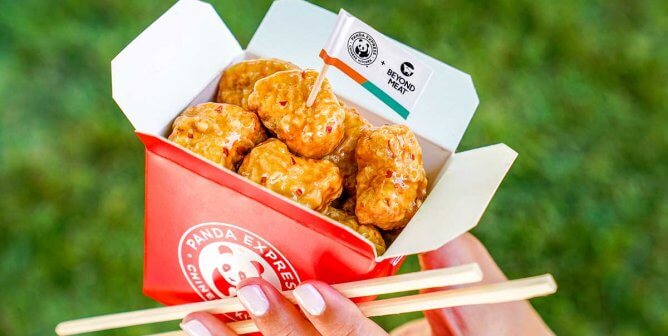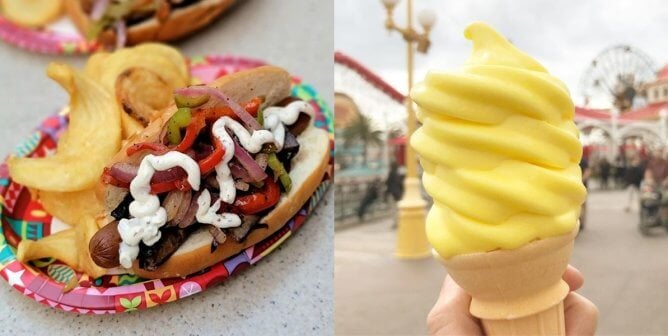These Animals Are Killed Once They’re No Longer ‘Useful’—Help Them
We all know bacon is made of pigs who’ve been killed, just like most of us are aware that leather handbags are really just pieces of slaughtered cows sewn together—but what about animals used in other industries? What happens to hens used for their eggs whose production begins to wane? What about greyhounds forced to race who become too weak to compete? We’ve got the answer and—fair warning—there are no fairytale endings here.
1. Rats, Mice, Dogs, and Other Animals Used for Experimentation
The University of Delaware’s Tania Roth has been tormenting rats in a laboratory—with the help of $1.8 million in tax funds—supposedly to study human child abuse. In her experiments, she has forced alcohol down the throats of newborn rats, stuffed pregnant mothers into tiny restraint tubes and blasted them with strobe lights, purposely terrified rats by repeatedly shocking their feet, and taken newborns away from their mothers and given them to other stressed rats who are unable to care for them. Roth killed newborn pups she deemed “excess,” sometimes by injecting formalin (liquid formaldehyde) directly into their hearts—a killing method that’s not approved by the American Veterinary Medical Association because it’s considered inhumane. And it’s not just some—all the animals Roth uses in her experiments are eventually killed.
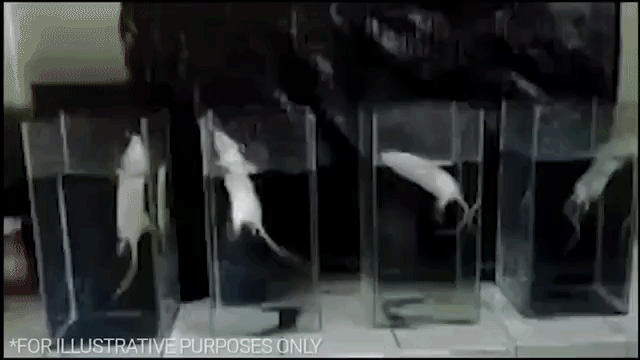
Monkeys, dogs, rabbits, and many other animals are used for other cruel, useless experiments, too. Please speak out for them.
2. Hens Used for Their Eggs
Being vegetarian isn’t enough, and here’s why: Each year in the U.S. alone, more than 300 million hens are used, abused, and eventually killed for their eggs. Choosing to eat eggs but not chickens is a step in the right direction, but you’re still contributing to the suffering of the most abused animals on the planet. Male chicks born to the egg industry are killed (usually in a high-speed grinder called a “macerator”) because they’re considered worthless. Hens raised for eggs often spend their lives inside battery cages, stacked tier upon tier in huge warehouses. Broken bones, severe feather loss, crippled feet, and chafed skin are typical realities for these birds, thanks to the wire mesh of the cages that they’re forced to live in. At around 2 years old, these hens’ egg production begins to wane, and when this happens, they’re slaughtered. During a PETA investigation of an Oklahoma egg farm, an eyewitness saw 49,000 of these unprofitable birds beaten and gassed to death in a single weekend. See for yourself:
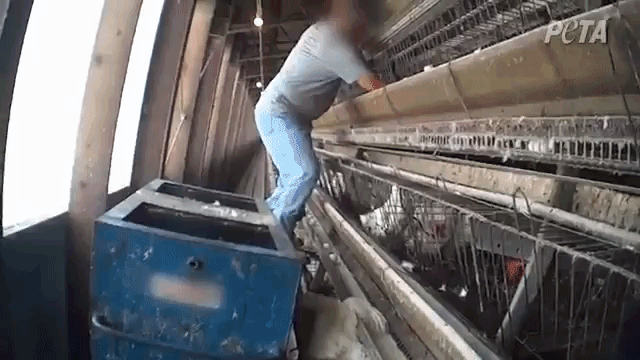
Stop eating chickens and their eggs. Take action for these abused birds.
3. Horses Forced to Race
If you’re imagining that Kentucky Derby participants frolic on acres of rolling green meadows when they’re retired, think again. Not only do horses forced to race endure horrifying abuse, some are also slaughtered after they stop winning or are too broken down to continue—often when they’re still quite young. Government statistics from just a few years ago show that an estimated 10,000 horses from Thoroughbred racing are sent to slaughter annually, meaning that half of the 20,000 new foals born each year were eventually killed for their flesh. This number has decreased substantially since the racing industry acted on PETA’s proposal and started the Thoroughbred Aftercare Alliance, but horses are still being crammed into livestock trailers and transported to countries such as Canada and Mexico, where horse slaughter is legal and where they endure dismal, violent deaths. One PETA eyewitness investigation at a horse slaughterhouse in Japan unearthed stomach-churning scenes of horses, discarded by the racing industry, being slaughtered and hacked to pieces.
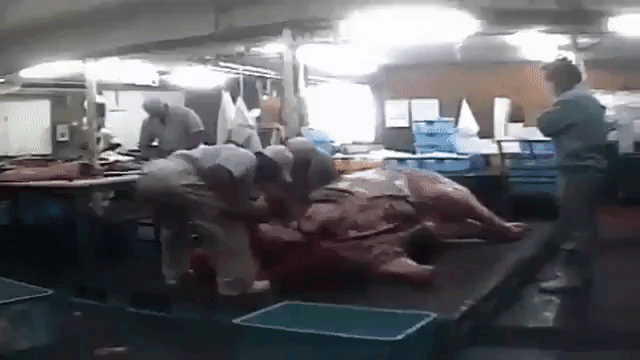
PETA is working to help these horses. You can help, too.
4. Greyhounds Forced to Race
In recent years, the cruel greyhound-racing industry has been exposed for what it really is: death in the fast lane. Some of the dogs forced to race suffer and die on the track. Some die during transport from one racetrack to another. Certain greyhound puppies are killed in the name of “selective breeding” before they ever touch a racetrack. And then there are those who pay with their lives for performing poorly—some are killed with a bolt gun and buried out back while others have been slammed to death and left unmoving in a pool of their own blood. Others have been left to starve and die once racing season is over. The ones who aren’t killed don’t fare any better—like the hundreds of greyhounds who were found suffering in squalid conditions at Hemopet, a canine blood bank in Garden Grove, California, during a PETA eyewitness investigation. On or off the track, these dogs are put through hell.
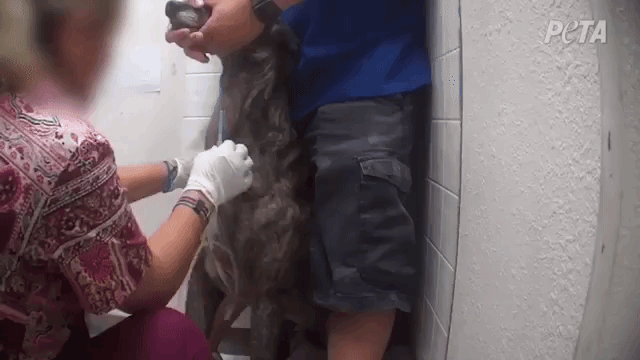
Unlike human athletes, animals can’t consent to participating in a “sport.” Speak up for exploited greyhounds.
5. Cows Used for Their Milk
Drinking cow’s milk is just as cruel as eating a hamburger—the dairy industry uses, abuses, and kills cows, just as the beef industry does. On dairy farms, cows are artificially inseminated (to keep the milk flowing) and deprived of the opportunity to bond with their calves. Male calves are usually sold to the veal industry, where they’re killed for their flesh after just a few miserable months of life. Female calves endure the same fate as their mothers: They’re dehorned (see below), raped, hooked up to machines, and forced to produce a painfully unnatural amount of milk. Female cows used in the dairy industry are usually slaughtered for low-grade meat when they’re around 4 years old.
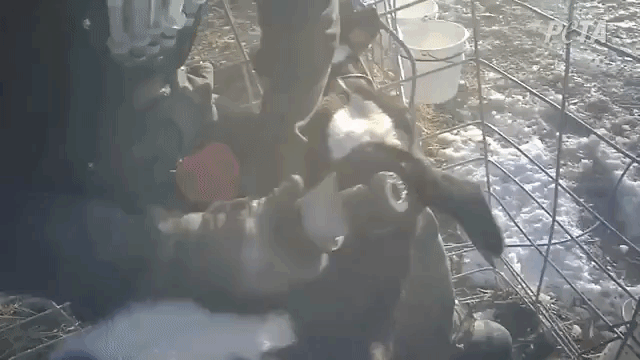
Spare countless lives by opting for delicious, nutritious vegan milk, cheese, yogurt, and ice cream instead.
6. Sheep Used for Their Wool
Here’s the dirty truth that the wool industry doesn’t want us to know: All sheep used for their wool are killed. Some die while on farms from stress, heat exhaustion, starvation, disease, or neglect. Others are killed by their handlers—their throats are slit while they’re fully conscious. The rest are hauled in trucks to slaughterhouses or exported to countries that have few, if any, animal-welfare laws or regulations. Then they’re slaughtered for meat.
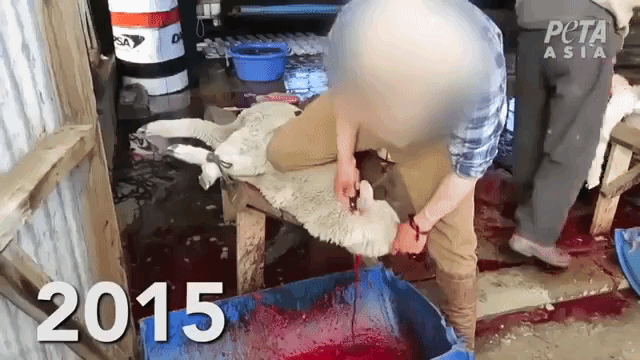
The best way to help sheep like those seen above is not to buy wool. Instead, opt for plant-based or recycled synthetic fabrics that are as beautiful and warm as they are ethical, such as recycled polyester, Tencel, bamboo, or organic cotton.
7. Baby Animals Used in Petting Zoos
Baby animals attract customers, which is why many drive-through safaris, wildlife parks, and roadside zoos breed animals continuously. But what happens when these babies grow up? Some facilities quietly ship them to auctions, slaughterhouses, or hunting ranches. The best way to help these animals is to avoid these exploitative facilities altogether—choose instead to visit a reputable sanctuary.
Animals Are Not Ours
Ditching meat or fur is commendable, but we must to do more to end animal exploitation. Using or abusing animals in any way is unacceptable. They’re not here for us—they’re here with us. Join our Action Team to speak up for all animals:


